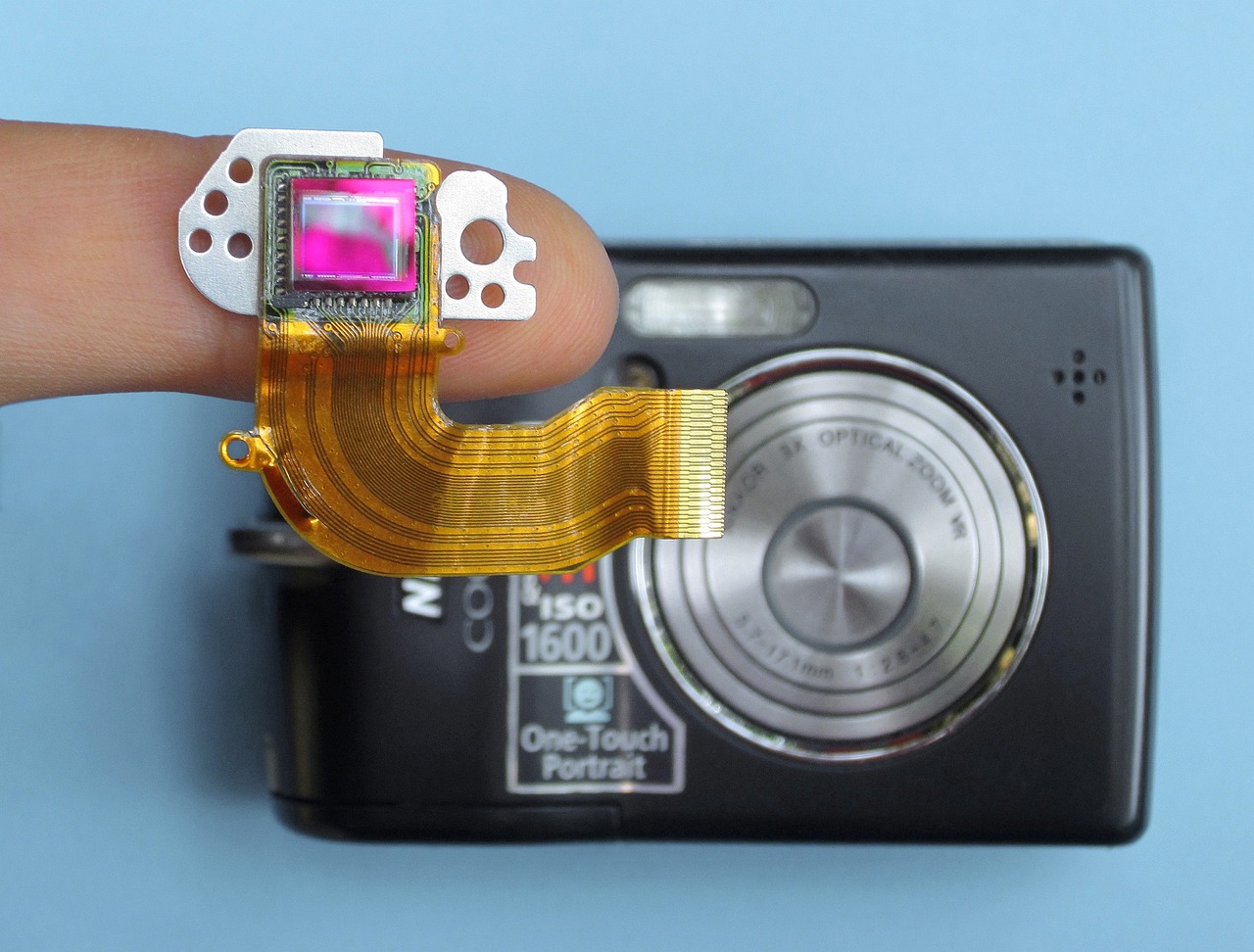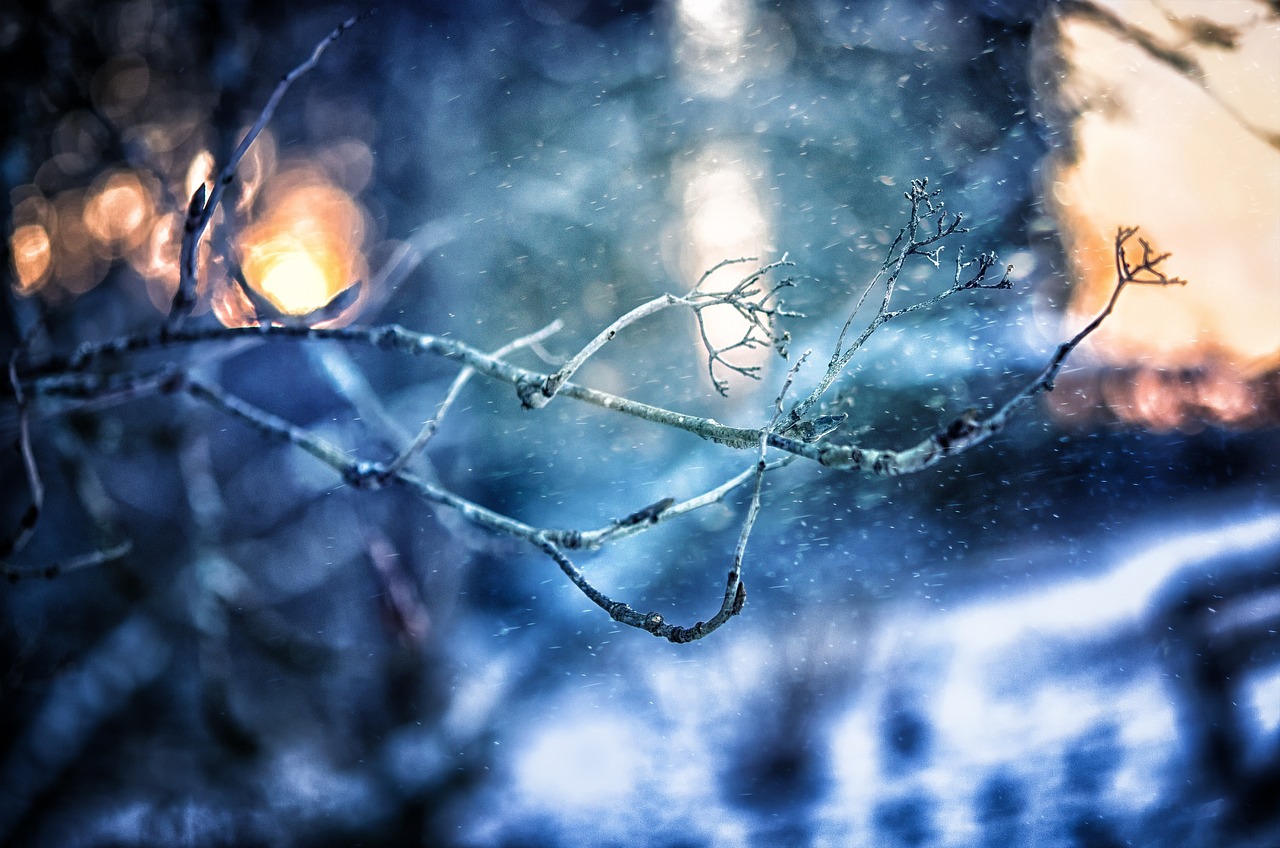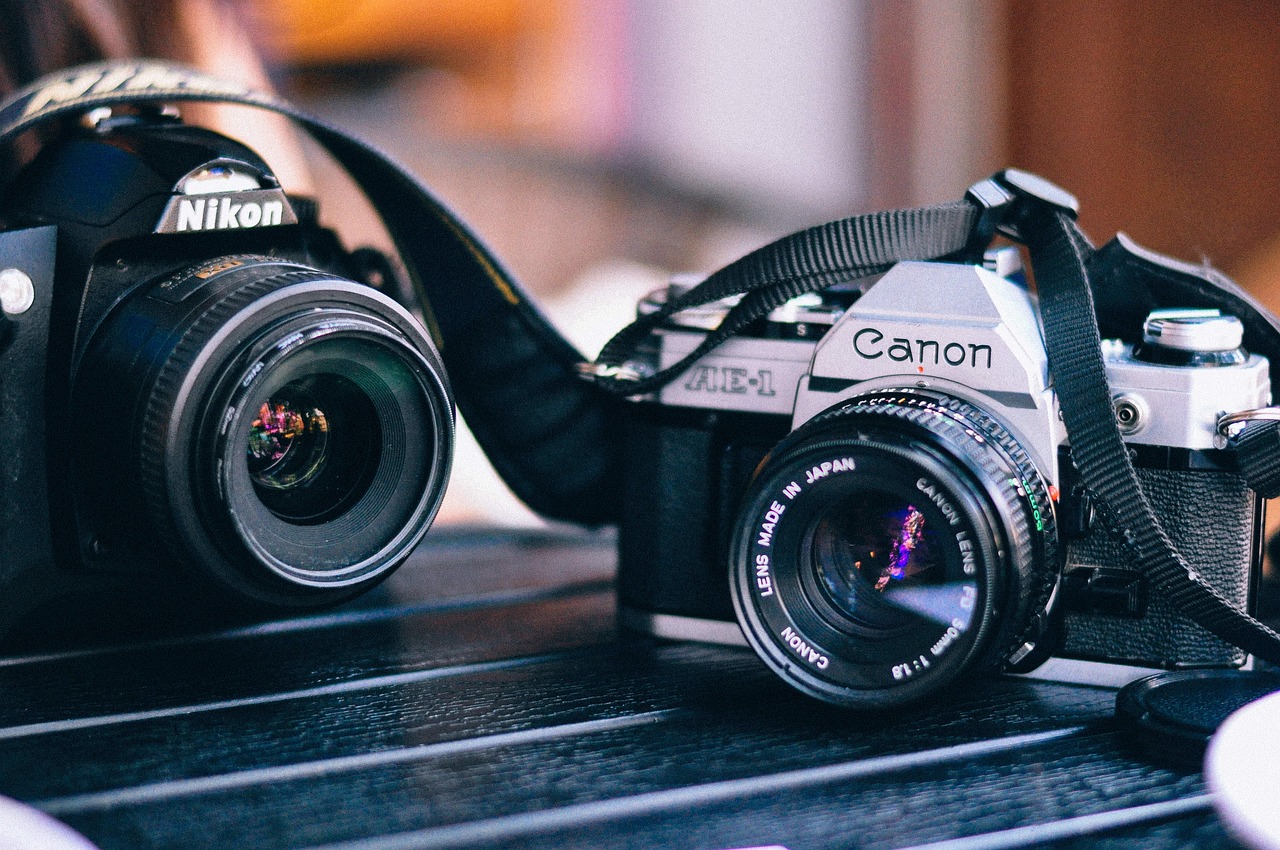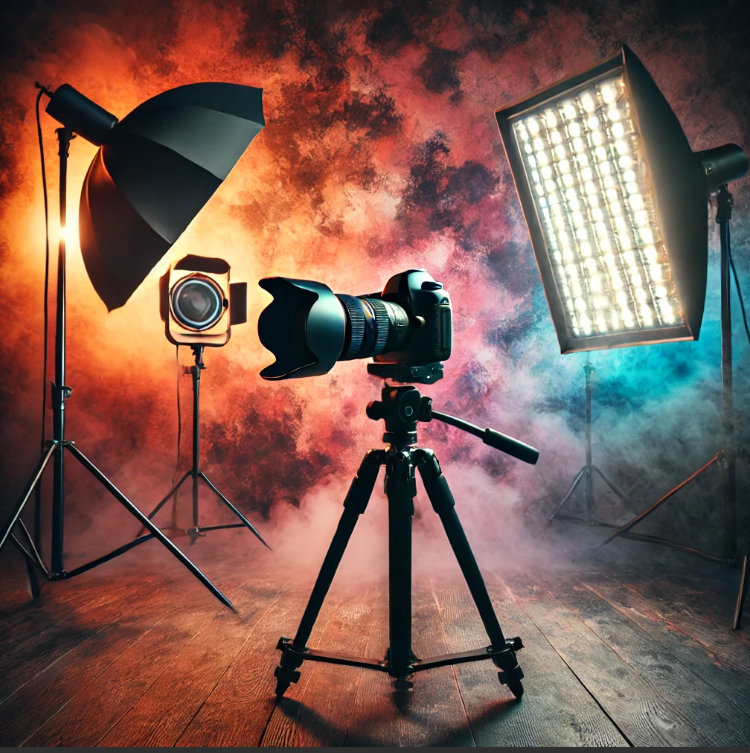Hey there, photography enthusiasts! Today, we’re going to unravel the intricacies of our camera’s soul – the sensor. And really get an idea for camera sensor insights for better pictures.
Whether you’re an old hand at photography or just getting started, understanding the nuances of camera sensors can elevate your photography game to new heights.
Understanding How Camera Sensors Can Produce Pictures…
At the heart of every camera lies a sensor, a digital marvel that converts light into the pixels that form our images.
Basically, picture it as the canvas for your artistic endeavors, capturing the essence of the scenes you aim to immortalize.
Camera Sensor Specifications…
The Sensor Size Really Matters
Moving on to sensor sizes, it’s akin to having different-sized canvases for your artistic expression. Full-frame sensors, like those found in professional DSLRs, offer a broader field of view and excel in low-light conditions.
APS-C sensors strike a balance between size and performance, making them popular among enthusiasts.
Micro four-thirds sensors are more compact and lighter, ideal for travel and portability.
Please keep in mind that choosing the right sensor size depends on your photographic needs and preferences.

Megapixels Demystified
The megapixel count on your camera isn’t a one-size-fits-all metric. While it contributes to image resolution, more megapixels don’t automatically mean better pictures.
It’s about finding the sweet spot that balances resolution with the sensor’s physical size, ensuring sharpness and clarity without unnecessary file size bloat.
Megapixels, often abbreviated as MP, are a measure of the resolution of a digital camera sensor. The term “megapixel” combines “mega,” meaning one million, with “pixel,” which stands for picture element. So, one megapixel is equivalent to one million pixels.
Here’s a breakdown of how megapixels work:
- What is a Pixel?
- A pixel is the smallest unit of an image, essentially a tiny dot that holds information about color and brightness.
- The more pixels you have, the more detailed and clear an image can be.
- Megapixels Defined:
- Megapixels represent the total number of pixels a camera can capture in a single image.
- For example, a 12-megapixel camera can capture images composed of 12 million pixels.
- Image Resolution:
- Megapixels directly impact the resolution of an image. Resolution is expressed in terms of width x height (e.g., 3000 x 4000 pixels).
- Higher megapixel counts allow for larger and more detailed images, making them suitable for printing in larger formats without losing quality.
- Print Size:
- Megapixels play a crucial role when it comes to printing photographs. More megapixels mean larger potential print sizes without sacrificing quality.
- For standard photo prints, a camera with 8 to 12 megapixels is generally sufficient. If you’re printing posters or large-format images, higher megapixel counts become more beneficial.
- Crop Flexibility:
- Higher megapixel counts provide more flexibility when cropping images. Cropping is essentially zooming in on a portion of the photo, and more megapixels allow you to maintain quality even after cropping.
- File Size:
- Higher megapixel images usually result in larger file sizes. This means they occupy more storage space on memory cards and hard drives.
- It’s essential to balance megapixel count with your storage capabilities, especially if you shoot in RAW format, which produces larger file sizes compared to compressed formats like JPEG.
- Low-Light Performance:
- In some cases, a higher megapixel count can lead to smaller individual pixels on the sensor. Smaller pixels may capture less light, potentially affecting low-light performance.
- However, advancements in sensor technology, such as backside-illuminated sensors, have mitigated this issue in many modern cameras.
While a higher megapixel count can offer benefits in terms of image detail and print size, it’s crucial to consider other factors, such as sensor size and technology, for overall image quality.
The optimal balance depends on your specific photography needs and preferences.

What are Some Factors Influencing Image Quality?
ISO and Sensor Sensitivity
ISO, or sensitivity to light, is a critical factor in capturing well-exposed images. However, increasing ISO introduces noise.
Finding the right balance is crucial. In low-light conditions, a higher ISO can be your ally, but in well-lit scenarios, keeping it low maintains image quality.
It’s a dance between capturing enough light and minimizing unwanted graininess.
Dynamic Range: Seeing the Extremes
Dynamic range refers to a sensor’s ability to capture details in both the brightest highlights and darkest shadows. Think of it as your camera’s capacity to see in extremes.
Maximizing dynamic range ensures your images retain detail across various lighting conditions, creating visually compelling and well-balanced photographs.

Color Depth and Vibrancy
Color depth, or bit depth, determines the range and accuracy of colors a sensor can capture. Deeper bit depths result in more nuanced and lifelike colors.
The color accuracy and vibrancy of your images are heavily influenced by the sensor’s ability to faithfully reproduce the spectrum of colors present in your scenes.
Some Camera Sensor Innovations…
Backside-Illuminated (BSI) Sensors
Let’s talk about BSI sensors. Unlike traditional sensors, BSI sensors rearrange their circuitry to increase sensitivity, allowing them to capture more light.
This innovation significantly improves performance in challenging lighting conditions, making your nighttime or indoor shots clearer and more detailed.
Stacked CMOS Sensors
Enter the world of stacked CMOS sensors. This technology involves layering components for enhanced speed and efficiency.
The result? Faster readout speeds, reducing the risk of distortion in fast-moving subjects.
Stacked sensors also pave the way for increased processing power, contributing to improved image quality, especially in burst shooting scenarios.
Insights to Different Types of Camera Sensors
Now, let’s distinguish between CCD (Charge-Coupled Device) and CMOS (Complementary Metal-Oxide-Semiconductor) sensors.
CCD sensors provide high-quality images but consume more power, while CMOS sensors are more power-efficient and prevalent in modern cameras.
Understanding these differences helps you choose the camera that aligns with your preferences and shooting style.

How CCD Sensors Work:
- Charge Transfer Process: In a CCD sensor, when light hits the sensor, it generates an electric charge in each pixel. This charge is then transferred through the pixels in a precise sequence to an amplifier at the edge of the sensor.
- Single Amplifier: All the charges from the pixels are sent to a single amplifier, where they are converted into an analog signal. This process happens sequentially for each row of pixels.
- High-Quality Images: CCD sensors are known for producing high-quality images with low noise and excellent color accuracy. They are often preferred in applications where image quality is paramount, such as professional photography and scientific imaging.
Characteristics of CCD Sensors:
- Power Consumption: Generally, CCD sensors consume more power compared to CMOS sensors. This can affect battery life in portable devices like digital cameras.
- Global Shutter: CCD sensors typically offer a global shutter, capturing the entire image at once. This is advantageous in fast-paced situations where a rolling shutter effect could distort moving objects.
CMOS (Complementary Metal-Oxide-Semiconductor) Sensors:
How CMOS Sensors Work:
- Pixel Independence: In a CMOS sensor, each pixel has its own amplifier and readout circuitry. This pixel-level architecture allows for more flexibility in sensor design.
- Parallel Processing: Unlike CCD sensors, CMOS sensors can read out multiple pixels simultaneously. This parallel processing capability contributes to faster data readout and improved performance.
- Lower Power Consumption: CMOS sensors are known for their lower power consumption, making them suitable for battery-powered devices like smartphones and consumer cameras.
Characteristics of CMOS Sensors:
- Power Efficiency: CMOS sensors are more power-efficient, making them suitable for portable devices with limited power resources.
- Rolling Shutter: CMOS sensors often use a rolling shutter, capturing different parts of the image at slightly different times. This can result in a rolling shutter effect, particularly noticeable in fast-moving scenes.
- Integrated Circuitry: CMOS sensors can integrate additional circuitry on the same chip, allowing for the incorporation of features like on-chip analog-to-digital converters, which simplifies the sensor’s overall design.
Choosing Between CCD and CMOS:
- Application-Specific: The choice between CCD and CMOS often depends on the specific application. CCD sensors are favored in scenarios where image quality is critical, while CMOS sensors excel in applications where power efficiency and fast readout are priorities.
- Cost and Size: CMOS sensors are generally more cost-effective and easier to produce in large quantities, contributing to their prevalence in consumer electronics.
- Technological Advancements: Both technologies have seen significant advancements, blurring the traditional distinctions between them. Modern CMOS sensors, for instance, have greatly improved in terms of image quality.
Practical Tips for Better Pictures…
Proper Sensor Cleaning
Maintaining a clean sensor is paramount for optimal image quality. Dust and smudges can affect the clarity of your images.
It is better to invest in a quality sensor cleaning kit, and follow a gentle and meticulous cleaning routine to ensure your camera’s eyes remain crystal clear.

Understanding Sensor Crop Factor
Sensor crop factor can be a head-scratcher, especially for those transitioning from one camera type to another. Simply put, it affects the effective focal length of your lenses.
Understanding your camera’s crop factor allows for better composition, ensuring you capture scenes as intended without unexpected framing variations.
Optimizing Camera Settings
Now, let’s put theory into practice. Optimizing your camera settings is the key to unleashing the full potential of your sensor.
Adjusting ISO, aperture, and shutter speed based on your shooting conditions ensures you capture images with the right balance of light and detail.
It’s about crafting the perfect exposure tailored to your creative vision.
To Wrap Things Up…
Well, now you can saw that you’ve embarked on a journey through the intricate world of camera sensors.
From the fundamental understanding of sensor types to exploring cutting-edge innovations and practical tips, you’re now armed with the knowledge to make informed decisions about your gear and elevate your photography.
Experiment, explore, and embrace the unique character each sensor brings to your images.
As always, please feel free to leave your comments and questions below!
Happy shooting, and may your pictures tell stories that resonate for a lifetime!





Wow!, I never thought about it in this way. These insights iluminate my knowledge for taking pictures. This article is exactly what I was looking for. Great learnings! Now everything is more clear for my pictures 🙂. Thanks and all the best! I look forward to read your posts. Idem
Hello Idem! Thank you for your response! I’m thrilled to hear you found the article valuable and that it helped! Thanks again!